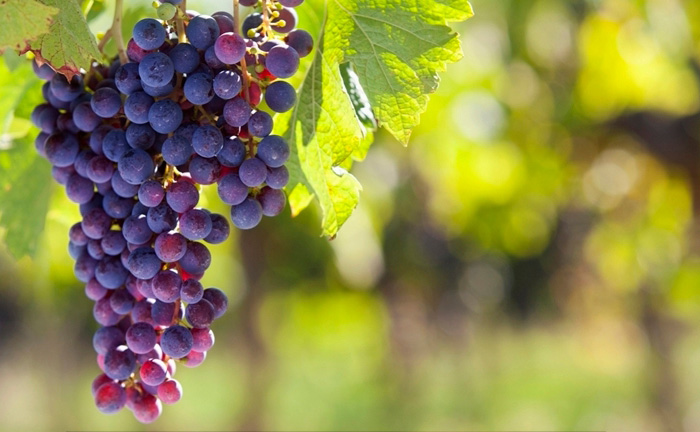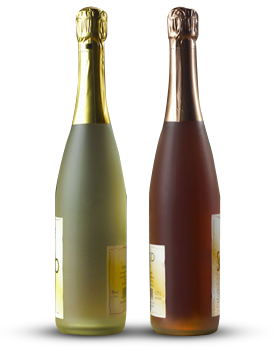

Aging Potential of Premium Merlot: Beyond the Early Appeal
Posted on by RickieMerlot, often celebrated for its approachable, plush, and fruit-forward character in its youth, is frequently underestimated as a candidate for long-term cellaring. While mass-produced bottlings are crafted for immediate enjoyment, premium Merlot, sourced from esteemed terroirs and crafted with intention, possesses a remarkable capacity to evolve and complexify with age. Understanding the factors that contribute to its longevity reveals a wine of profound depth and sophistication, challenging its simplistic reputation.
The Foundation of Longevity: Structure and Balance
The ability of any wine to age gracefully hinges on its structural components: acidity, tannin, and alcohol. In premium Merlot, these elements exist in a harmonious balance that acts as a preservative, allowing the wine to develop slowly over time.
- Acidity: High-quality Merlot retains a vibrant acidity that provides freshness and prevents the wine from becoming flabby or tired as it matures.
- Tannins: While typically softer and more velvety than Cabernet Sauvignon, Merlot from great sites has a firm, finely-grained tannic structure. These tannins polymerize over time, softening and integrating into the wine, which contributes to a smoother mouthfeel.
- Fruit Concentration & Alcohol: A core of ripe, concentrated fruit and well-managed alcohol levels provide the material and body necessary to support extended aging without one element overpowering the others.
Terroir’s Crucial Role: Where Merlot Ages Best
Not all Merlot is created equal. The grape’s aging potential is profoundly influenced by its place of origin. The world’s most age-worthy Merlots hail from specific, often limestone and clay-rich, terroirs that naturally stress the vines, yielding lower yields and more concentrated berries.
- Pomerol & Saint-Émilion (Bordeaux, France): The benchmark for aged Merlot. Château Pétrus, while an extreme example, is predominantly Merlot and can evolve for half a century. Wines from estates like Le Pin, Vieux Château Certan, and Château Cheval Blanc (a Merlot-Cabernet Franc blend) demonstrate how Merlot develops incredible complexity of truffle, forest floor, cigar box, and dried cherries over 15-30 years.
- Tuscany, Italy: In regions like Bolgheri and within the “Super Tuscan” movement, Merlot is often blended or sometimes bottled alone. Wines like Masseto (100% Merlot) are legendary for their power and aging ability, developing notes of black plum, leather, and spice.
- Napa Valley & Washington State, USA: Top-tier producers in these regions focus on hillside vineyards and careful winemaking to produce structured Merlots. With time, these New World examples can develop nuances of cedar, cocoa, and stewed dark fruits, reaching their peak over 10-20 years.
The Evolution in the Bottle: A Flavor Journey
The transformation of a premium Merlot in the bottle is a study in aromatic and flavor development.
- Youth (1-5 years): The wine is dominated by primary fruit aromas—ripe plum, black cherry, raspberry, and often chocolate or mocha notes from oak influence. The tannins may be more perceptible.
- Maturity (5-15 years): The fruit becomes more subdued and savory. Secondary characteristics emerge, such as earth, leather, tobacco, and cedar. The texture becomes notably silkier.
- Full Maturity (15+ years): In the finest examples, tertiary notes take center stage. Think truffle, forest floor, dried figs, cigar ash, and graphite. The wine achieves a seamless harmony where no single component stands out, offering a profound and complex drinking experience.
Conclusion: An Investment in Complexity
To dismiss Merlot as a simple, early-drinking wine is to overlook one of the vinous world’s most versatile and rewarding grapes. Premium Merlot, with its robust structure and inherent balance, offers a compelling narrative of evolution. For the patient collector, cellaring these wines unlocks a dimension of flavor and elegance that their youthful versions only hint at, solidifying Merlot’s rightful place among the great age-worthy red varieties.
Tags: Aging, Appeal, Beyond, Early, Merlot, Potential, Premium
Copyright © 2025 Top Red Wine All rights reserved. .
